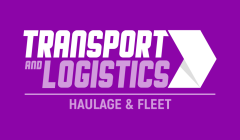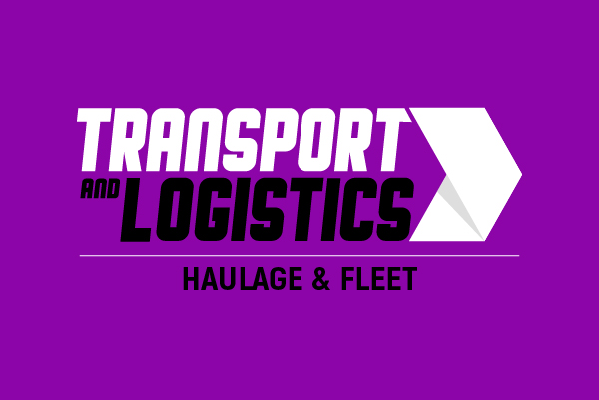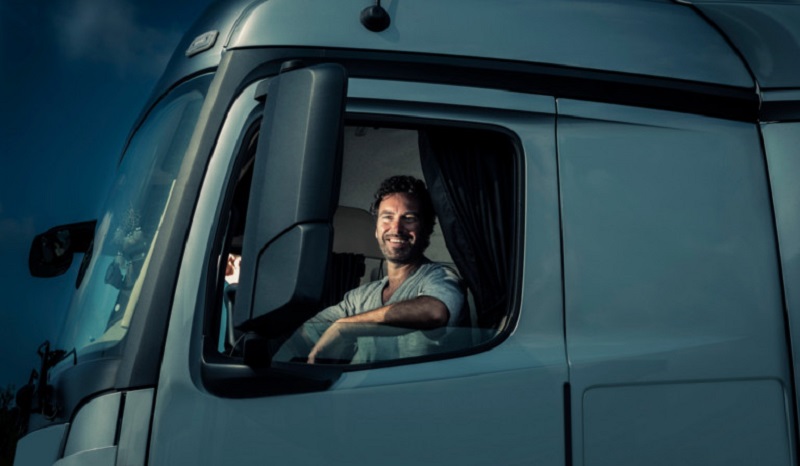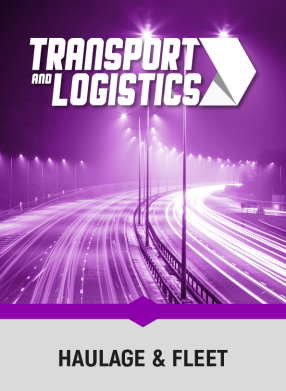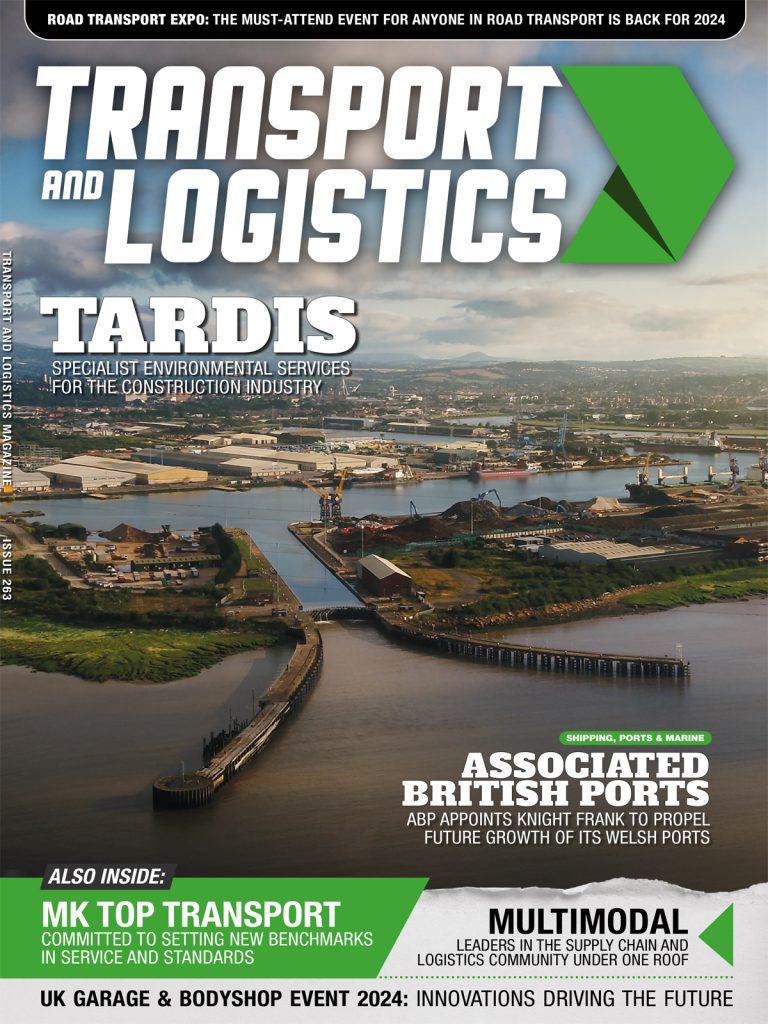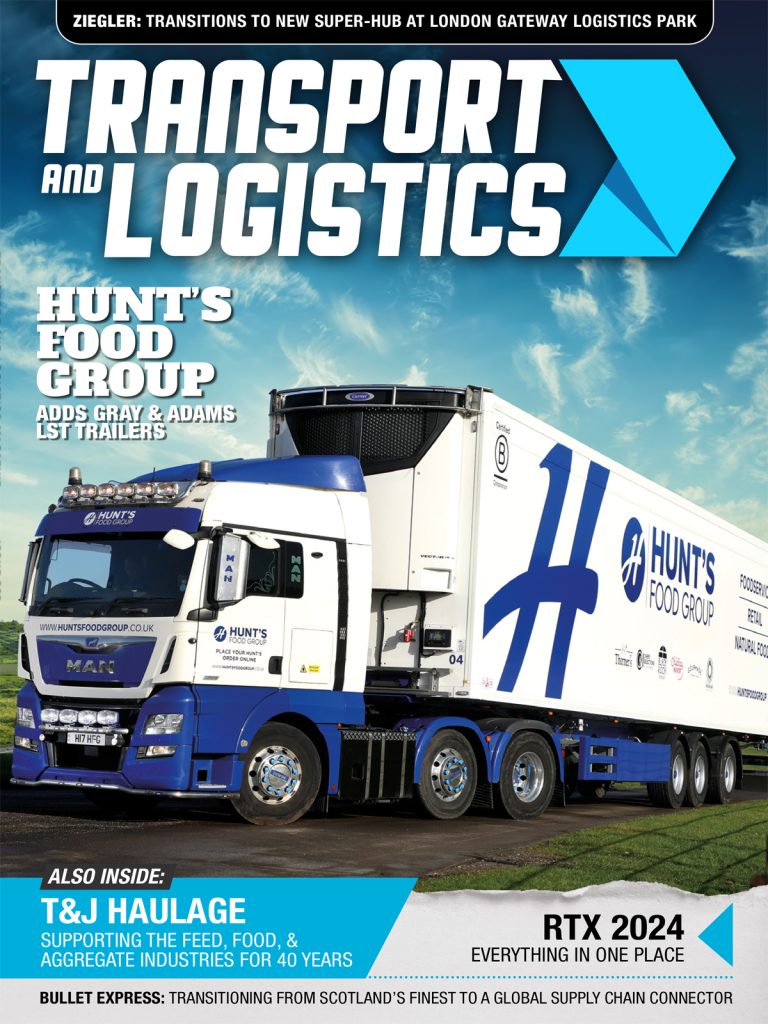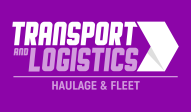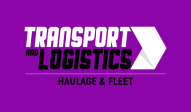The safety of your drivers should be your number one priority. But, because there are so many factors that can affect a driver on the road, it can be hard to foresee any dangers that may occur. As an employer it’s as much your responsibility to keep drivers safe as the individual actually behind the wheel. Here are some ways you can improve the safety of your fleet drivers.
As an employer it’s important to stay aware of any updates of driving laws, roadworks and even a change in the weather. Adverse weather conditions can have damaging effects, for example, high winds can be an issue if driving a heavy loaded van through open spaces. It may be worth route planning with the weather and accident blackspots in mind before you send your driver off on the open road.
It’s also a good idea to make regular vehicle inspections – on top of the necessary MOT and yearly service – to spot any problems that may occur before they happen. Keeping on top of the maintenance of your fleet will ensure the vehicles have a longer shelf life, whilst reassuring the driver behind the wheel.
However, even with regular vehicle checks, it’s important to prepare for all eventualities. Obtaining van breakdown cover is vital to keeping your fleet safe and on the road. Having a vehicle off the road can cost money, as it can mean you’re late to a job, which could damage your business’s reputation. You’ll need cover from an insurer that can guarantee quick roadside assistance to get you fixed and going again. If the vehicle is in a state of disrepair you’ll need cover that can provide a replacement van quickly too.
There may come a time where you’ll need to get in contact with one of your employees on the road. Providing your fleet with a hands free setup will ensure your drivers will be contactable without putting themselves or others at risk. There is also new software available that can help keep track of where your driver is.Telematics technology is another great way to monitor how a driver performs on the road.
As you’re investing all your efforts to improve your current health and safety model it would be wasted if you don’t also employ a safety culture within your workplace. Set up training sessions for all employees from the top down to ensure everyone is aware that safety is a top priority.
Ensure managers spend some time with drivers on the road to assess how they handle difficult situations and be sure to set up a protocol and implement a training scheme if the correct safety procedures are not being met.
It’s important you handle this carefully, as you don’t want to patronise your workforce, but you do need to make sure you’re working together towards safety in the workplace and to turn bad driving habits into old, forgotten habits.
